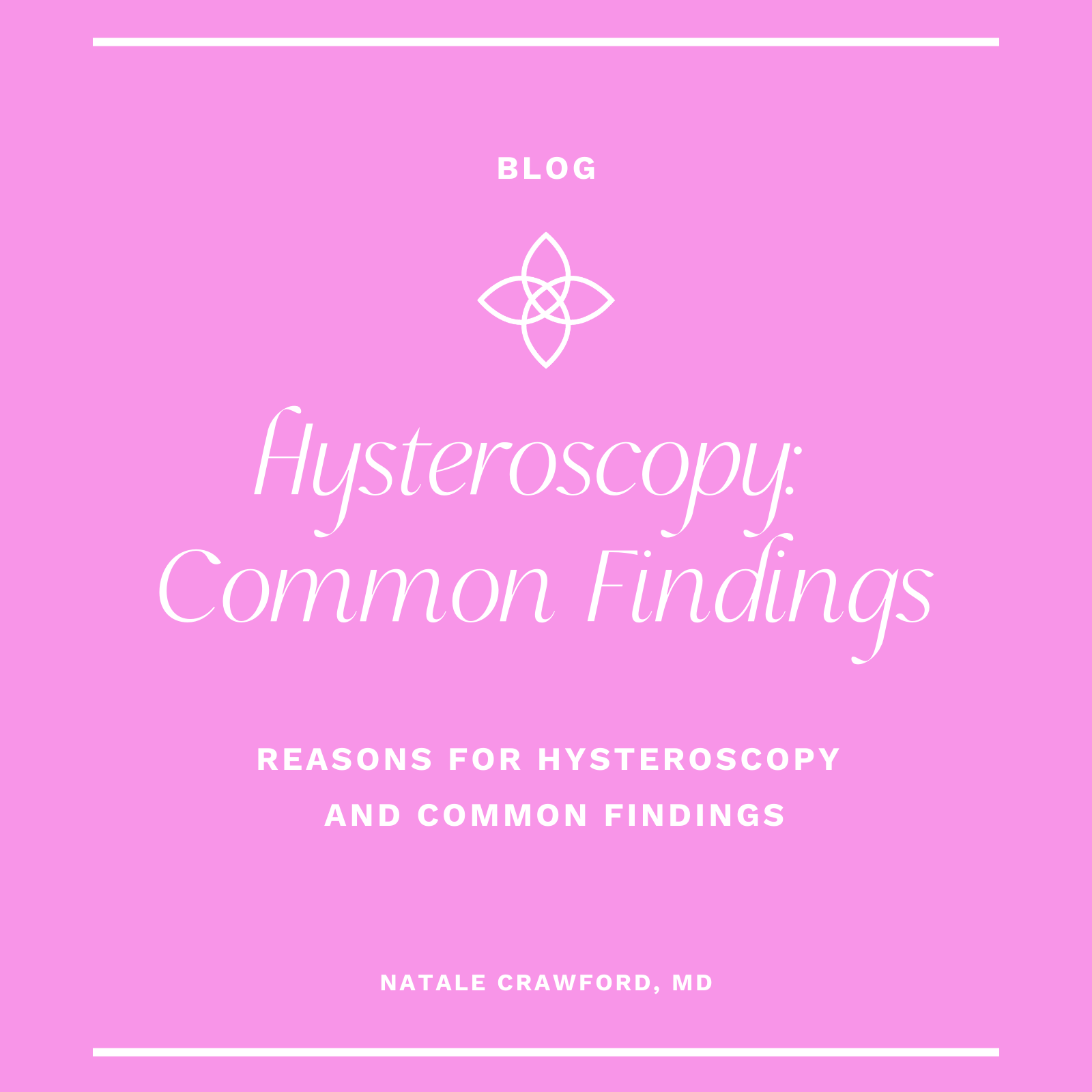Fertility + Hormones + Health + Lifestyle
Welcome to the blog
The Guide To Cycle Tracking
As a fertility doctor, I've dedicated my career to helping women understand their bodies and optimize their reproductive health. One of the most important aspects of this is learning to track your menstrual cycle and pinpoint ovulation. This information is invaluable whether you're trying to conceive or simply want to be more in tune with your natural rhythms.
Low Progesterone and Fertility
One of the most common concerns I hear from patients is about low progesterone levels and how that might be impacting their ability to get pregnant or maintain a healthy pregnancy. It's an understandable worry, as progesterone plays such a crucial role in fertility and early pregnancy. However, the reality of low progesterone is often more nuanced than many realize. Let me break it down for you.
Preparing For The Embryo Transfer
Preparing for an embryo transfer, whether fresh or frozen, requires a comprehensive medical workup, attention to lifestyle factors, and realistic emotional expectations. Open communication with your fertility team is crucial, as is allowing yourself to grieve a failed transfer while also remaining proactive about next steps. By taking a holistic approach to physical and mental preparation, you can increase your chances of a successful embryo transfer and pregnancy.
Personalized Fertility Care: The Key to Your Fertility Journey
As a fertility doctor, I have the privilege of guiding patients through one of the most important and personal journeys of their lives - building a family. Each person who walks through my clinic doors has a unique story, unique needs, and unique goals. That's why I'm so passionate about providing personalized fertility care - because a one-size-fits-all approach simply doesn't work when it comes to something as complex and delicate as human reproduction.
Uterine Septum: Diagnosis and Treatment
As a fertility doctor, I frequently evaluate the uterus to identify any issues that could be preventing pregnancy or contributing to pregnancy loss. One common uterine abnormality I encounter is a condition called a uterine septum. In this blog post, I'll explain what a uterine septum is, how it's diagnosed, and what can be done about it.
Endometriosis and Fertility: What You Should Know
As a fertility doctor, I see patients with endometriosis on a daily basis. This inflammatory condition is one of the leading causes of infertility, affecting 25-50% of women struggling to conceive. Yet, it remains a widely misunderstood and underdiagnosed disease. I want to break down what endometriosis is, how it impacts fertility, and the various treatment options available. My goal is to empower you with the knowledge to advocate for your reproductive health, whether you are trying to conceive now or planning for the future.
Irregular Periods Explained
Dr. Natalie Crawford explains that irregular periods can be caused by a variety of factors, including hormonal imbalances, uterine abnormalities, and issues with the brain's regulation of the menstrual cycle. Addressing irregular periods is crucial for overall reproductive health, as the menstrual cycle is a vital sign that provides important information about a woman's body.
Understanding Your Reproductive Hormones
As a board-certified fertility doctor, I've dedicated my career to empowering women with the knowledge and tools they need to understand their bodies. One of the most crucial aspects of this journey is unraveling the complexity of reproductive hormones and their profound impact on our overall health and well-being.
What To Do Before Trying To Get Pregnant
Dr. Natalie Crawford discusses the key steps for trying to conceive, emphasizing the importance of understanding your natural menstrual cycle, making lifestyle changes to support fertility, and seeking medical guidance when needed.
Birth Control and Future Fertility
While birth control does not permanently impact fertility, long-term use of certain methods can temporarily affect ovulation and the uterine lining, so it's important to plan ahead when transitioning off birth control and trying to conceive.
First Fertility Visit: The Next Steps
Dr. Natalie Crawford explains the testing that can be done done after your first fertility visit including ovarian reserve, semen analysis, anatomical testing, genetic testing and more.
Your First Fertility Visit
Dr. Natalie Crawford explains how to prepare and what to expect at your first fertility visit. She emphasizes the importance of finding the right fertility clinic and doctor, and stresses the need to provide complete medical information to ensure the best possible care.
Hysteroscopy: How To Prepare and What To Expect
Let's review just preparing for the hysteroscopy including more detail about what it is, what you should know, and the questions you should ask. Hysteroscopy is a surgical procedure. It is where a camera is placed through the cervix into the uterine cavity.
Hysteroscopy: Common Findings
Hysteroscopy is a surgical procedure where a small camera is inserted through the cervix into the uterus to allow the doctor to visually examine the inside of the uterine cavity. It is used to diagnose and treat various uterine conditions that can impact fertility, such as polyps, fibroids, scar tissue, and uterine abnormalities. The goal of hysteroscopy is to optimize the uterine environment to improve the chances of successful embryo implantation and pregnancy. It is considered the gold standard for evaluating the inside of the uterus.
Preconception Genetic Carrier Screening
Preconception genetic carrier screening is a blood test, and we are checking to see if you are a carrier of a single gene disorder.
Understanding IVF and Protocol Basics
The basics of IVF and the protocol including the goals and how success is measured.
Should You Remove a Polyp?
Dr. Natalie Crawford discusses the impact of uterine polyps on fertility treatments like IVF and natural conception. It suggests that removing polyps generally improves pregnancy rates, though timing during IVF cycles may not significantly affect outcomes. Despite this, the author recommends removing polyps before embryo transfer for safety and to maximize chances of success, citing a rare case of cancerous polyp as a cautionary example. Overall, the advice is to err on the side of removing polyps to optimize fertility treatment outcomes.
Uterine Polyp Diagnosis
I am a believer everybody needs to be evaluated to see if they have a polyp, especially if you're doing IVF sometime before you do the embryo transfer. Believe it or not, this is not standard of care. There are definitely practices that I have gotten records from that just do not look. They do not take the time. And why not? I don't know, but it blows my mind.
Uterine Polyps
A polyp is a projection of the endometrial glands and stroma. So think about it like the inside layer, that endometrium. Learn more about what polyps are, the symptoms, and how common they are.
Understanding The Uterus
So the first thing I want everybody to know when talking about the uterus is that developmentally, the uterus starts as two different buds inside the body. These buds elongate, fuse together, and the midline portion dissolves, leaving what we think of as the triangular shaped uterus. These buds compose the top one third of the vagina, the cervix, the uterus, and the fallopian tubes. I think this is important because you can have birth defects of your uterus, and understanding the uterine structure is really important to understand anything that can go wrong.





















